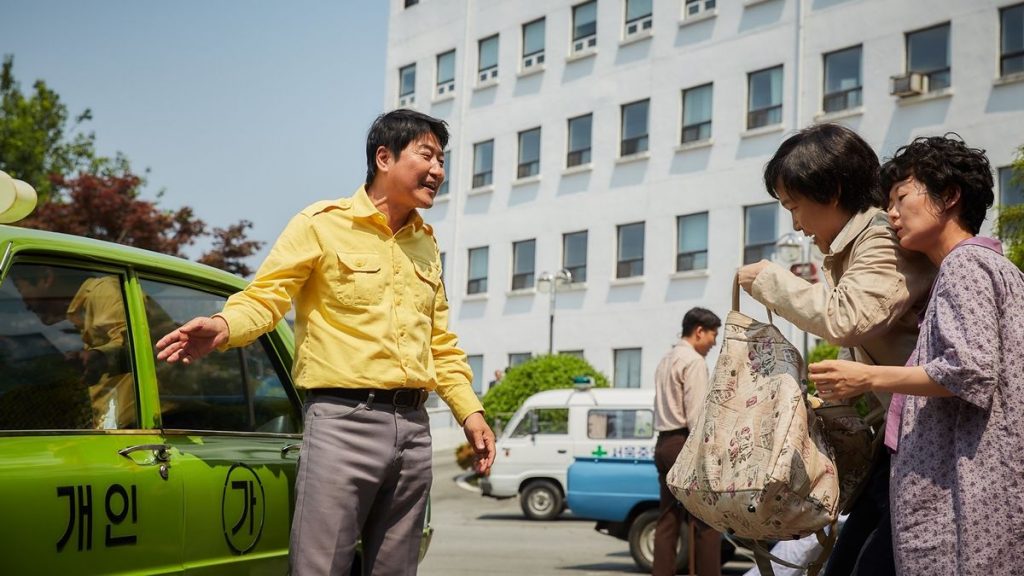


As they make their way through the streets they see the rioting going on with students and workers uniting in protest against the government. Eventually they do get into the city and Peter pays Kim part of the money. With that in mind he agrees to find a way to get Peter into the city and they take a back road. Kim, focused only on his personal issues has no way of knowing what's taking place. Peter knows there is rioting in the streets taking place, his reason for going there. Their first hint that something is amiss comes when they find troops blocking the road entering the city and are told to turn back. He picks up the journalist, Jürgen "Peter" Hinzpeter (Thomas Kretschmann), and off they go. All Kim sees is the money involved and with no knowledge of what is happening in Gwangju he sets out to steal the fare from a cab service.

A chance to make more than he's ever made and get himself out of debt arises when he hears of a journalist wanting transportation from Seoul to Gwangju and back. As he heads out to try and make as much as he can the next day he's downhearted but hopes for the best. Raising his daughter alone he has to chastise her for fighting with the landlord's son, a woman he still owes back rent to. It's May 1980 and independent taxi driver Kim Man-seob (Song Kang-ho) is doing his best to get along. With A TAXI DRIVER I learned about a rough period in the history of South Korea aside from the Korean War. The whole thing cannot be encapsulated in 2-3 hours. You watch a film and then go look deeper into the story to find out the facts. While there is little doubt that movies made about historical events will play fast and loose with the facts one of the benefits of them being made is that they open the door to discovery.


 0 kommentar(er)
0 kommentar(er)
